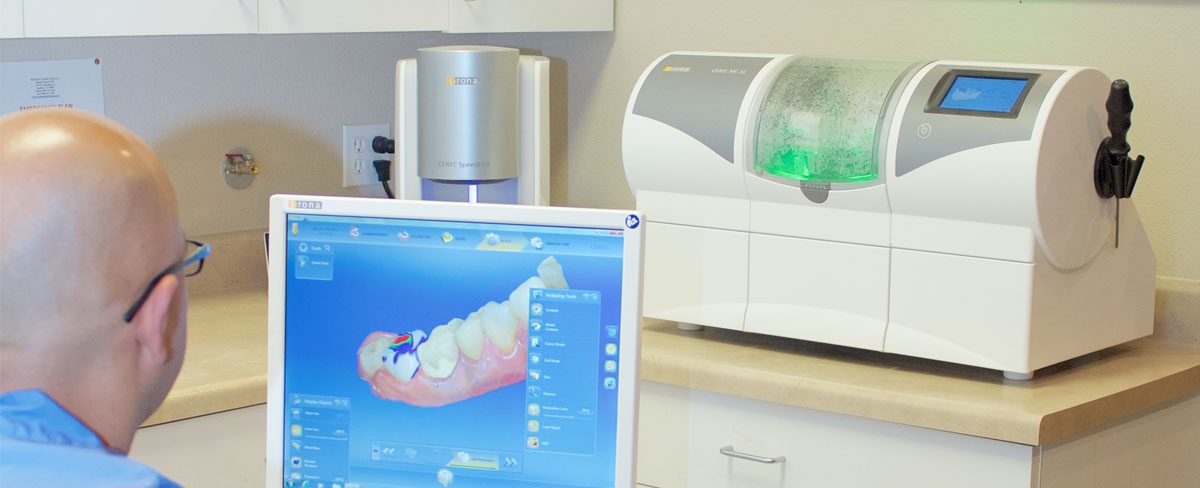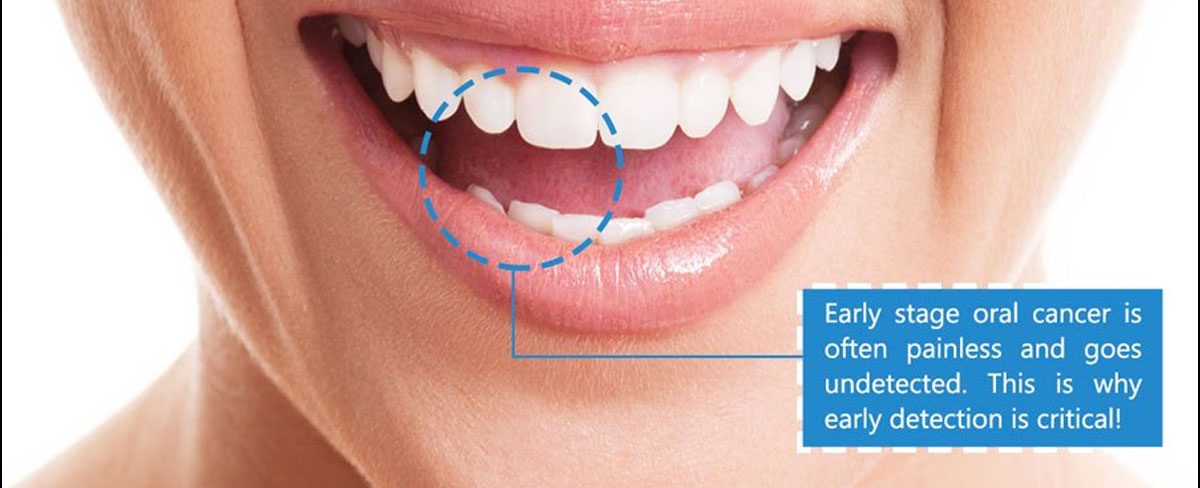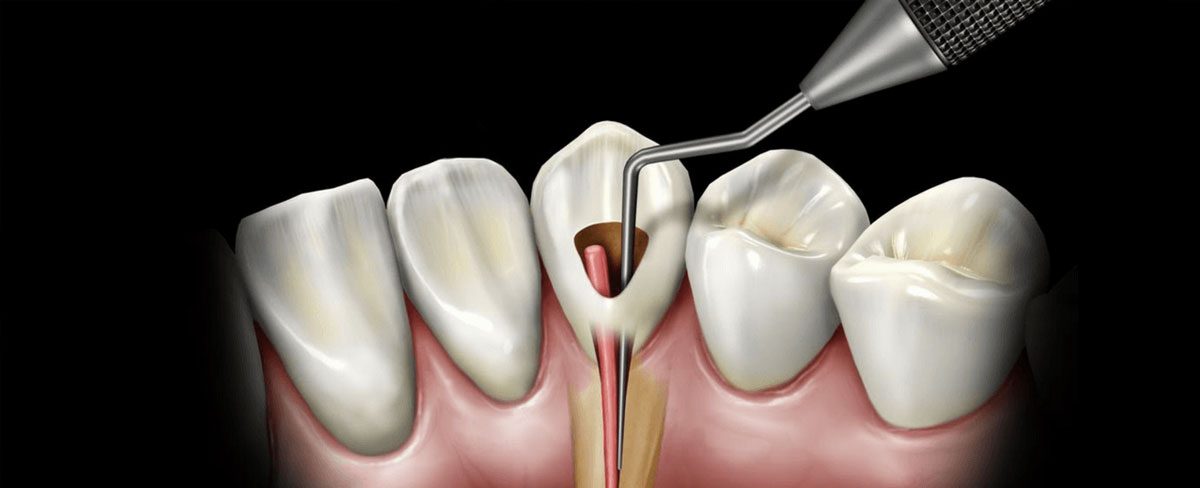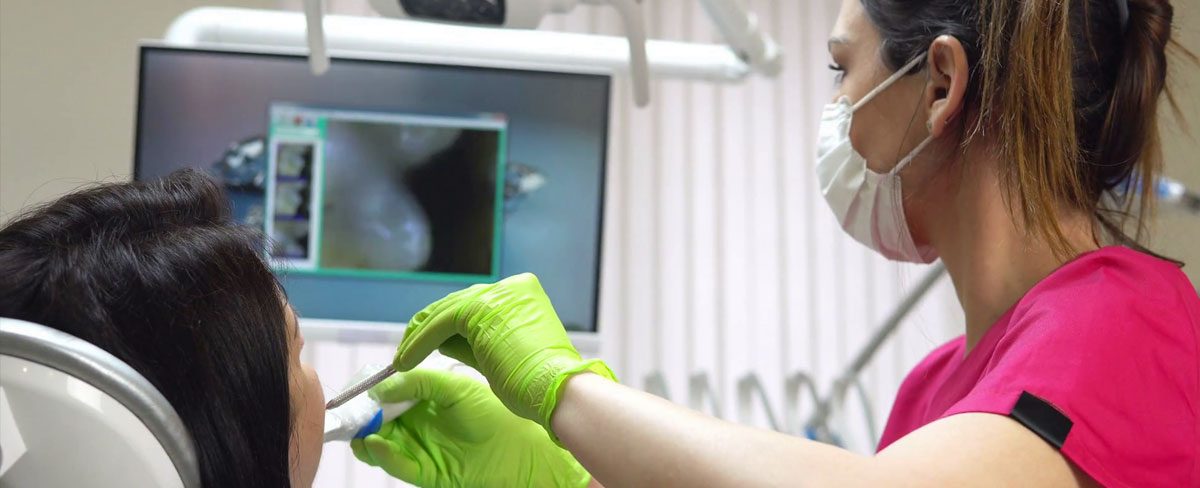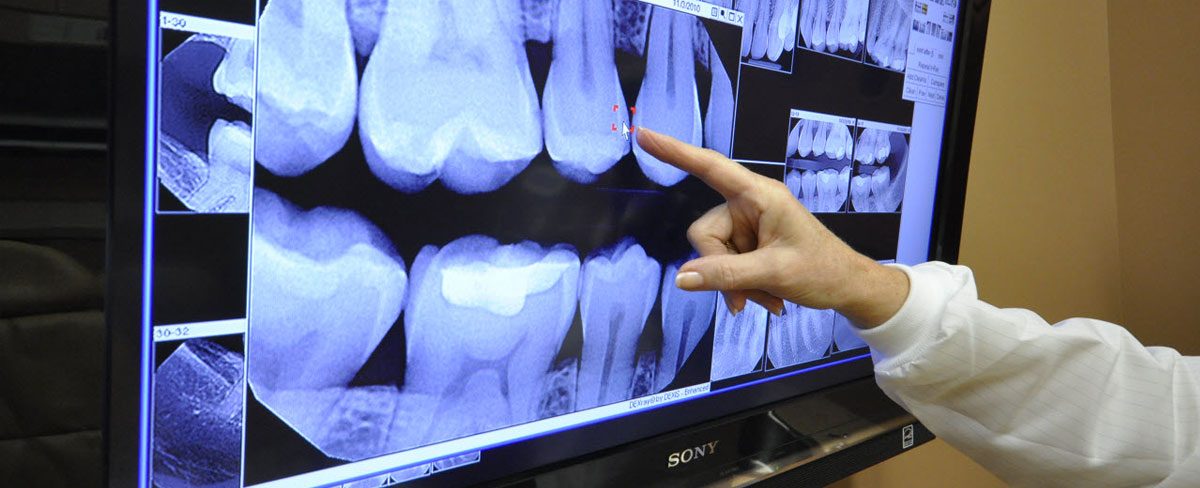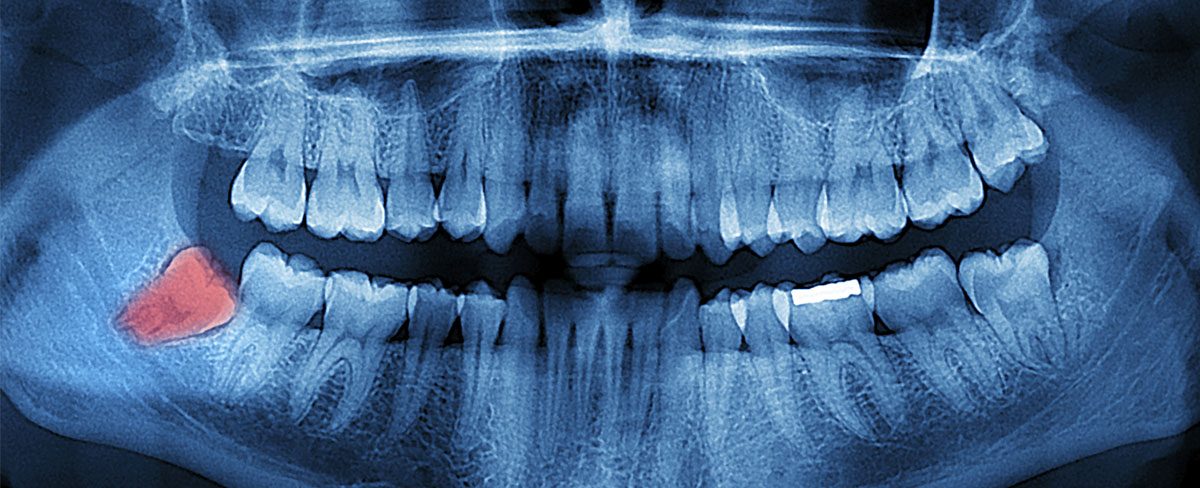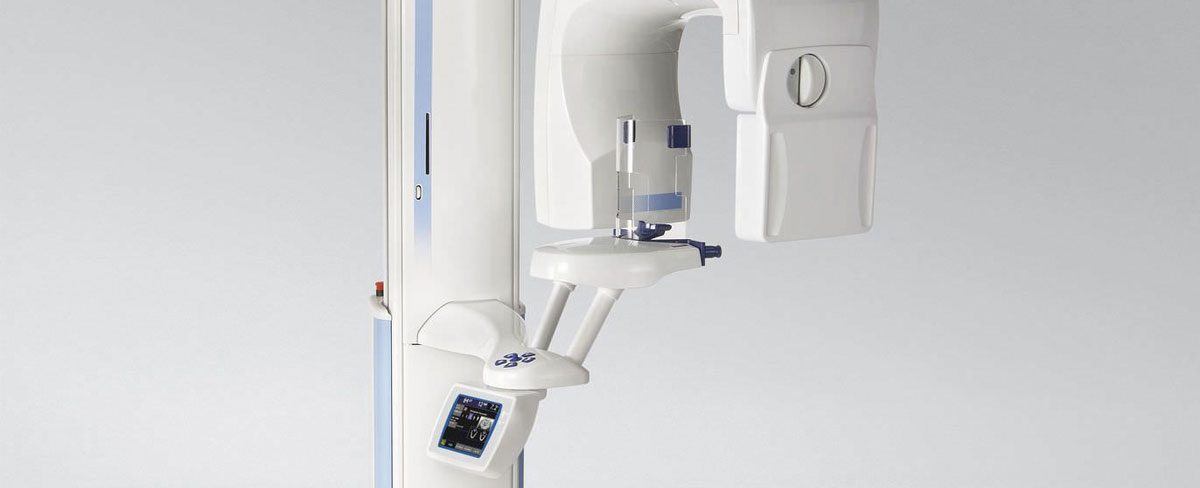CEREC stands for “Chairside Economical Restoration of Esthetic Ceramics” and is a computer-aided design and manufacturing system for dentists. CEREC combines a camera, computer, and milling instrument into one machine allowing tooth restorations to be created in the dentist office, all within a single visit.
Not only does this eliminate both the long process of sending your tooth mold to an outside lab and living with a temporary crown, hundreds of studies show that the CEREC system is a safer and more effective way to restore your teeth than traditional methods.
The CEREC system is used to fix damaged or unsightly teeth. Whether you’re looking for a more radiant smile, or you’re teeth are decaying and need to be repaired, CEREC can help.
How CEREC works
CEREC uses advanced computer-aided design technology and software to create perfect, natural-looking restorations in just minutes. Thanks to this technology, visiting your dentist for a tooth restoration is a simple and non-invasive procedure.
Here’s how it works:
- Your dentist will prepare your tooth for the restoration
- The CEREC software takes a digital photo of the treatment area
- The CEREC technology converts the image into a 3D virtual model
- With input from the dentist, the software creates the final restoration
- The CEREC mill precisely carves a ceramic block into the exact shape and specifications of your restoration
- Once the dentist has ensured the restoration fits properly in your mouth, the restoration is polished and bonded to your tooth
This entire process takes no longer than 2 hours!
If you have any questions or would like to schedule an introductory visit, please give our office a call at: (559) 637-0123.


